Agriculture-Led Growth and Private Sector Engagement
The underlying causes of hunger, poverty and malnutrition in Nepal include low agricultural productivity, weak market connections and coordination, poor infrastructure and inadequate government resources. Gender, ethnicity and caste relationships also play an important role in food security as a majority of women and many marginalized group members (who often do not have access to their own land, cash or other assets) work in agriculture.
Despite these difficulties, there are many opportunities for agriculture-led growth in Nepal. Feed the Future emphasizes a multi-sector approach to developing market systems in Nepal, with an emphasis on greater private sector engagement.
Efforts include partnering with over 100 private companies to leverage their own investments and expertise. Through these partnerships, the private sector extends its reach to rural areas to: provide services like agricultural training; increase access to better inputs and technologies, such as improved seed varieties and agricultural equipment; and directly connect farmers to markets.
Feed the Future uses a market-led approach, in which it works with market actors — from farmers to salespeople — to strengthen business relationships and increase access to quality agricultural products.
In 2021, Feed the Future helped farmers and private sector firms access over $60.4 million in agriculture related financing to expand production systems and businesses.




